Knitting in the round
Most of the pets in this book have parts that are knitted in the round on double-pointed needles. Some of the pets use the i-cord technique, which also produces tubular pieces – this time like a thin knitted string – for the legs and tails. Knitting in this way is great because it saves you having to sew up fiddly seams later.
The rounds are numbered straight on from any preceding row or round, although sometimes you need to knit part of a round to get to the correct place to start knitting the next part of your pet. Often you will want to place a marker to show the beginning of the round.
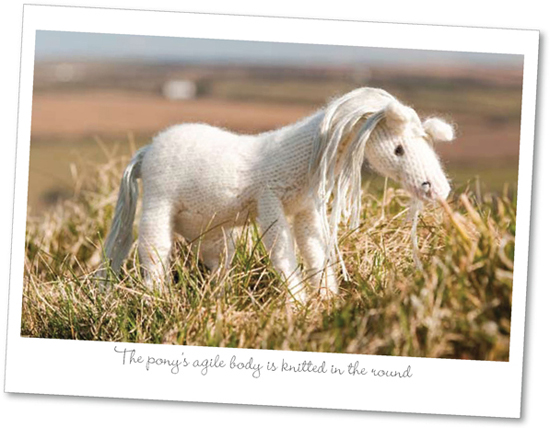
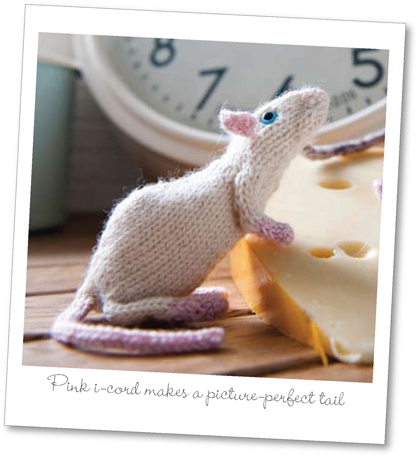
KNITING I-CORD
Using two double-pointed needles, cast on the number of stitches you need and knit across them. Instead of turning your knitting, slide the stitches to the opposite end of the needle with the knit side facing you. Take the working yarn, from the left-hand edge, across the back of the work and knit across the stitches. Slide the stitches to the opposite end of the needle as before and knit across the stitches, drawing the knitting into a tube. Pull the yarn quite tightly when knitting the first stitch.
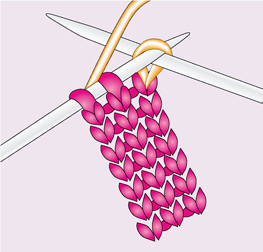
KNITTING ON DOUBLE-POINTED NEEDLES
Double-pointed needles are shorter than standard needles and easier to handle than a circular needle when you have only a few stitches to work in the round on.
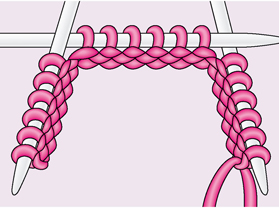
1 Cast on as you would normally and distribute the stitches equally over three double-pointed needles.
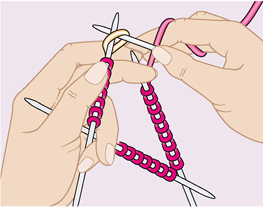
2 Continue knitting round, transferring the stitches so that you have an equal number of stitches on each needle.